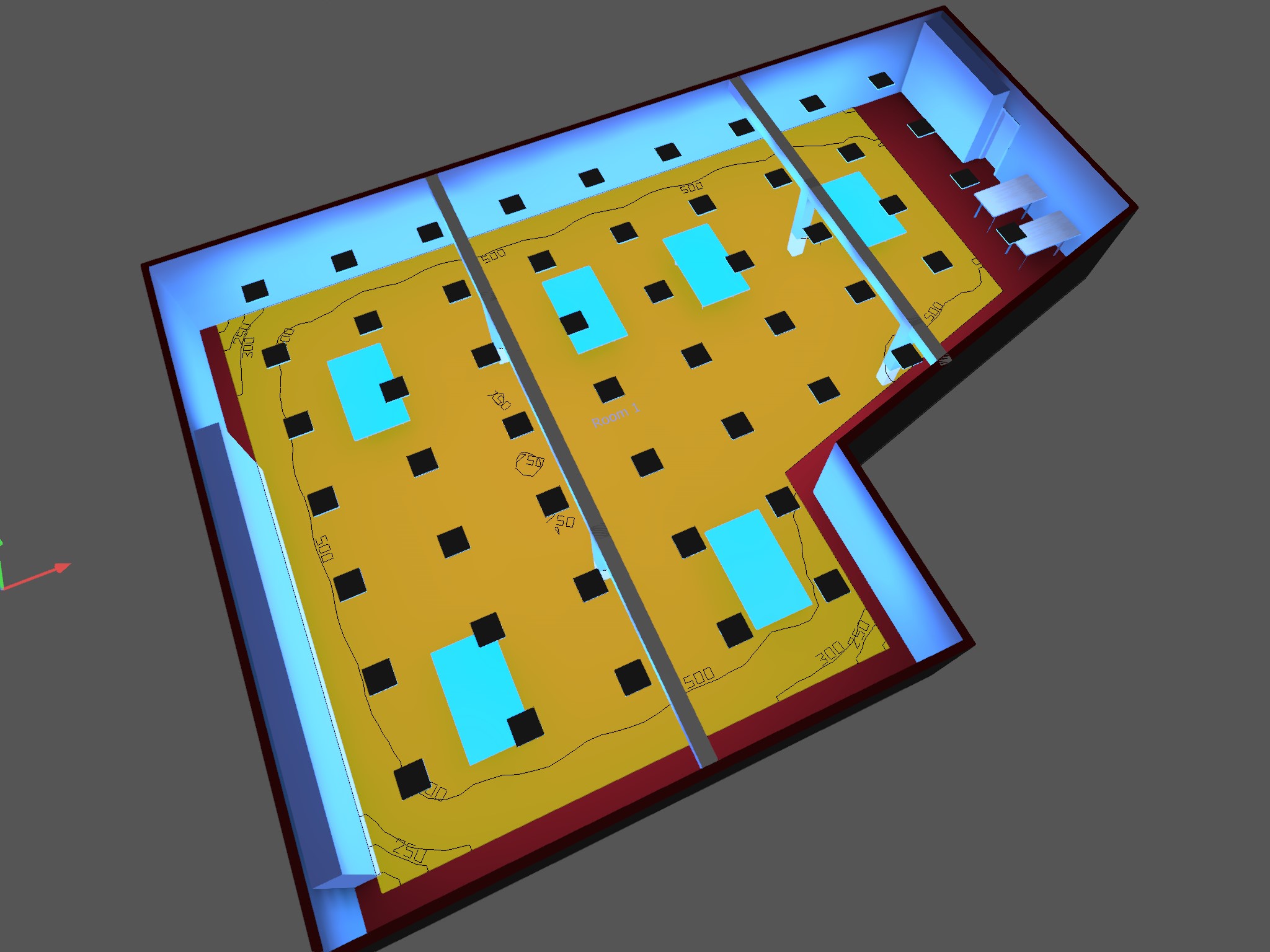this post was submitted on 10 Dec 2024
10 points (100.0% liked)
Do It Yourself
1911 readers
1 users here now
Make it, Fix it, Renovate it, Rehabilitate it - as long as you’ve done some part of it yourself, share!
Especially for gardening related or specific do-it-yourself projects, see also the Nature and Gardening community. For more creative-minded projects, see also the Creative community.
This community's icon was made by Aaron Schneider, under the CC-BY-NC-SA 4.0 license.
founded 2 years ago
MODERATORS
you are viewing a single comment's thread
view the rest of the comments
view the rest of the comments

Electrician here.
So are these lay-in lights for drop ceiling I'm guessing?
These days pretty much every light you can buy has the drivers built-in. The real choice is between buying integrated LED lights, or regular fluorescent-style fixtures with LED bulbs retrofitted. In the former the drivers are in the light, the latter, the bulbs.
I wire them in parallel straight off the 120v switch leg as a rule. You only need a constant hot if they're being run off occupancy sensors or something like that, since those act as the switch.
I wouldn't fool with engineering a lighting system using LEDs, personally. They can be finicky and most purpose-built lights work pretty well for a long time.
I don't know how you would call them in English, but they are 60cmx60cm panels, with built in LEDs. They are 60x60 because that is a standard size for ceiling panels here. So you can just take out a ceiling panel and put in one of these LED panels instead. The driver is external - mainly so you can choose different types of dimming (simple or DALI mostly). I am considering using a common driver for several panels, to save money (the club is not for profit, we don't have a lot of money) mainly on lighting sockets. Having to buy and set up 50 sockets instead of 10, can be a good chunk of money. I hope this makes sense. I have no experience with AC, only low power DC.
Here's an image of a panel and default driver: